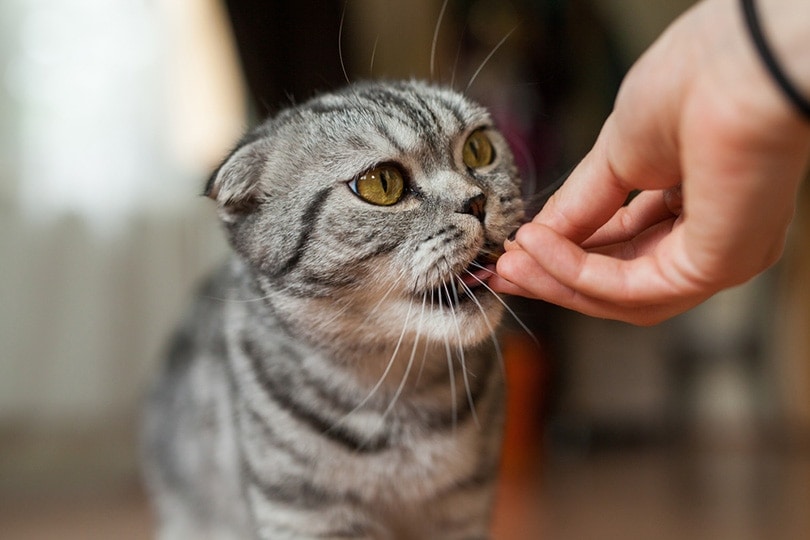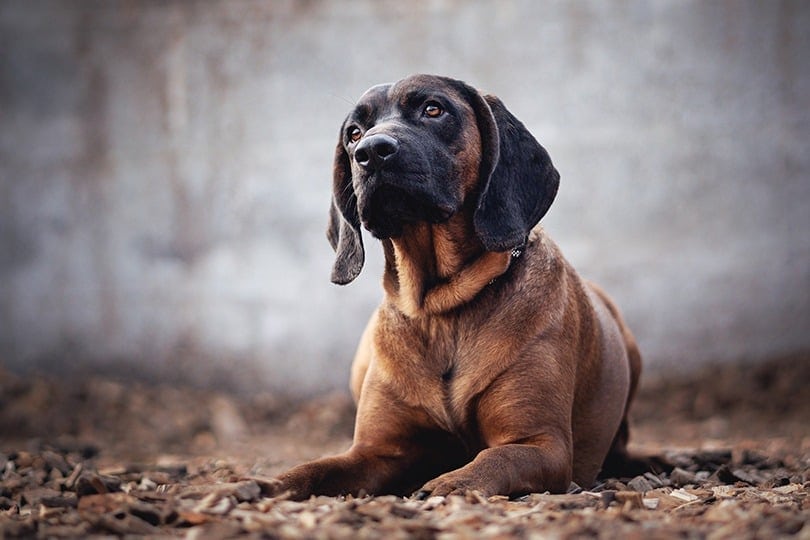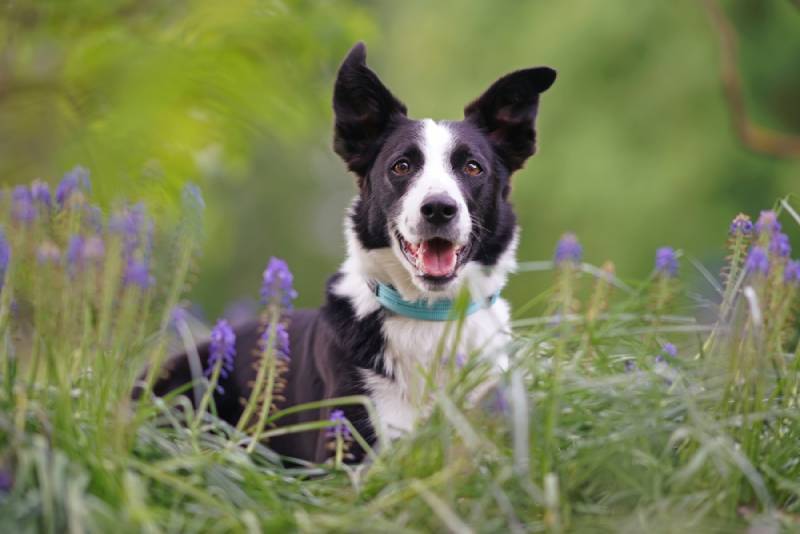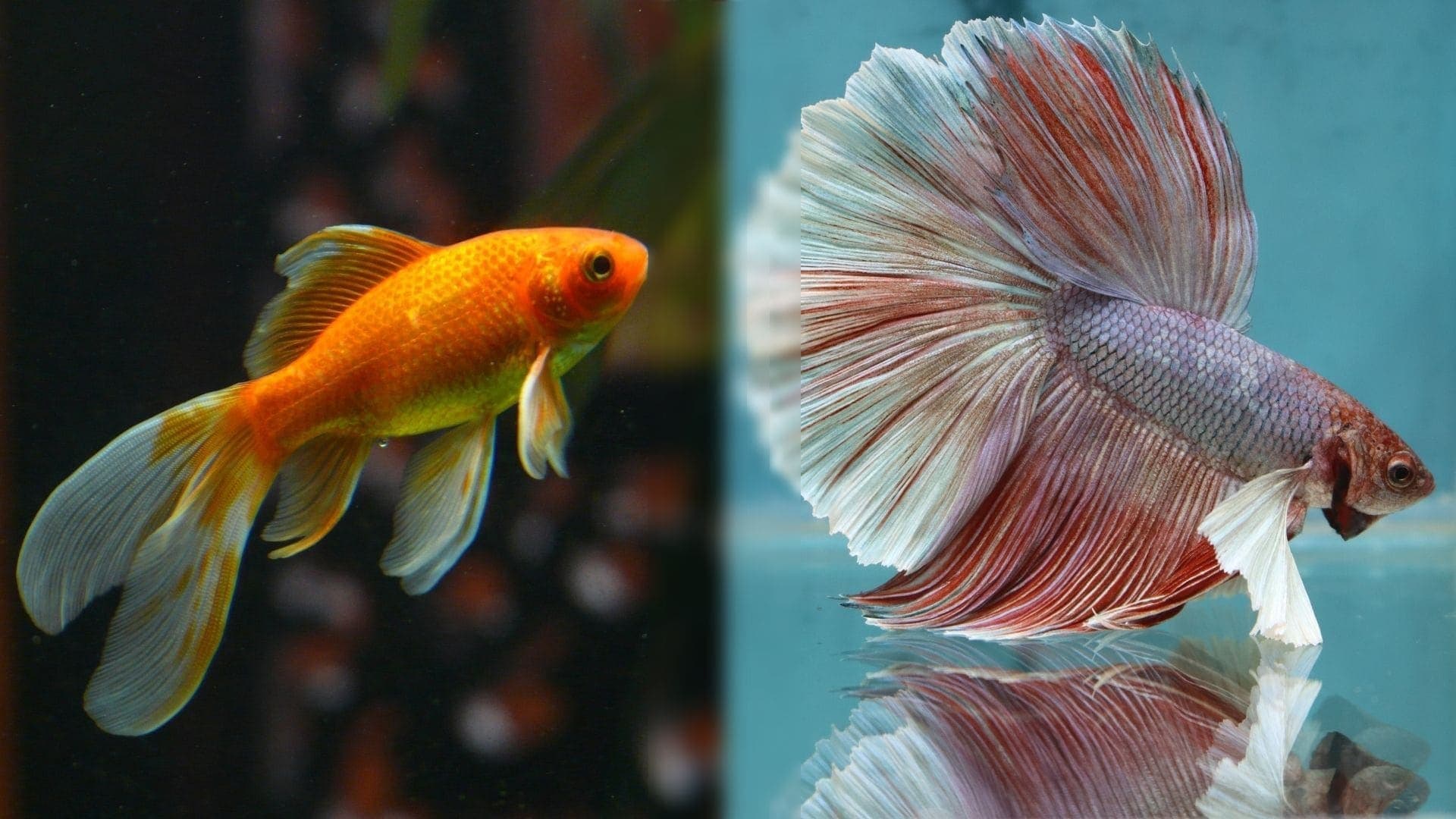American Pitbull Terrier & Bullmastiff Mix: Info, Pictures, Traits & Facts

Updated on
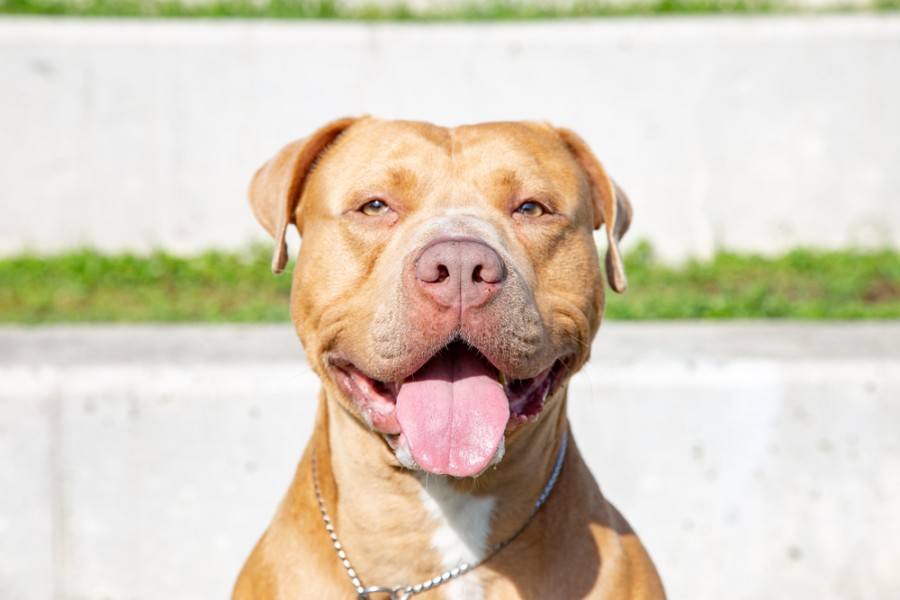
| Height: | 25–29 inches |
| Weight: | 100–150 pounds |
| Lifespan: | 7–10 years |
| Colors: | Fawn, red, brindle, black, cream, white |
| Suitable for: | Active families looking for a low-shedding dog |
| Temperament: | Playful, loyal, affectionate, fearless |
The Pit Bullmastiff is a formidable dog. They look mean and have the goods to back up their threat. What else can you say about a canine of this size? The reality is that they are brave pups, willing to take one for the team. They are loyal pets that will go the extra yard to protect their family. This pooch is also a gentle giant who is surprisingly kid-friendly.
It’s a sad fact of life that the Pit Bullmastiff is not long-lived. That’s the case with most larger breeds. It is a stark reality that you must consider when thinking about getting a dog like this one. Believe us when we say that it’s just as hard for adults as it is for children. Their shorter lifespan means that you must research potential sellers and their stock carefully.
The other thing you must understand upfront is that the Pit Bullmastiff has a higher annual maintenance cost than smaller dogs. They are a lot of dog that must have an owner who can rein them in and take an active role in training. Despite their size, they are energetic pooches that need plenty of exercise to stay happy and prevent boredom.
 Pit Bullmastiff Puppies
Pit Bullmastiff Puppies
The Pit Bullmastiff is a bit of an anomaly. The Bullmastiff is a recognized breed. The Pit Bull describes a type of canine that may have unclear origins among several dogs, including Bulldogs and the American Staffordshire Terrier. Unfortunately, the purpose for these pups was the same, regardless of the breeding stock. The long and short of it is that they were fighting dogs.
It’s not a stretch of the imagination to associate the Pit Bull with many undesirable traits for a pet. The Pit Bullmastiff is a cross with the American Bull Terrier, a breed recognized by the United Kennel Club (UKC). The confidence and fearless nature that you’d expect with a pup with this history is part of the UKC standard for his gait.
The Pit Bullmastiff needs an owner who can take charge of training and socialization early in the puppy’s life. Everything else aside, a large dog like this one must have the guidance of an individual willing to take control from the start. This pooch is too strong not to have an equal owner who understands this vital fact toward a successful relationship with this powerhouse.
3 Little-Known Facts About the Pit Bullmastiff
1. The Bullmastiff combines the best of its parent breeds.
The name of the Bullmastiff tells you the whole story. They are a combination of the Bulldog and Mastiff. The latter gets the lion’s share of the mix at 60%.
2. The Bull Terrier gained AKC recognition first.
The Bull Terrier entered the ranks of the AKC’s recognized breeds in 1885, just 7 years after the first round of dogs. The Bullmastiff came much later in 1934. The Lakeland Terrier and Brittany Spaniel joined them that year.
3. The American Bull Terrier is a global icon.
Even if you’ve never met an American Bull Terrier in person, you know them first hand, i.e., if you’ve ever walked into a Target store. Bullseye hit the scene in 1999. The rest, as they say, is history.
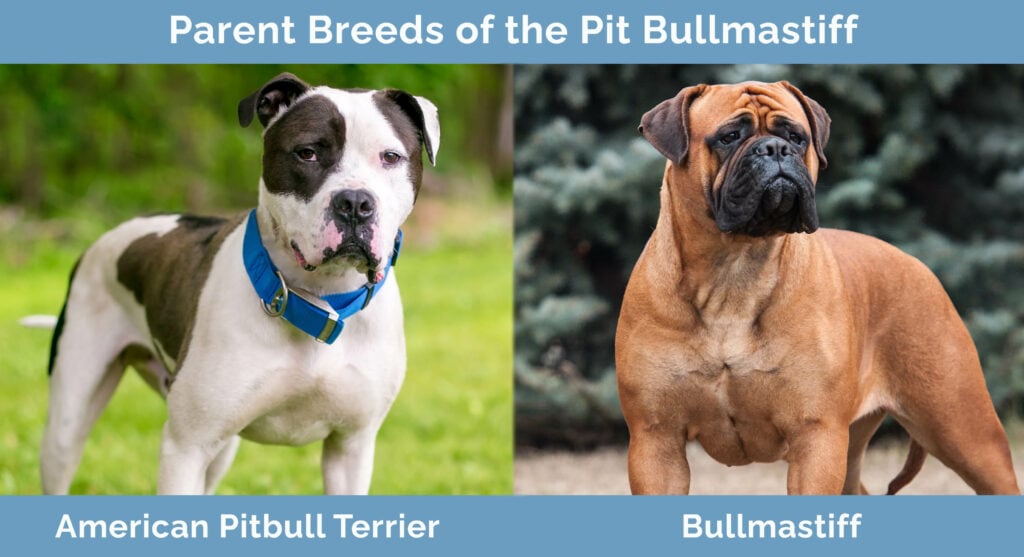
Temperament & Intelligence of the Pit Bullmastiff 🧠
Dogfighting, thankfully, is illegal. For the Pit Bullmastiff, that means a gentler canine than his history might indicate. However, that doesn’t mean that this pooch isn’t a handful. They are, if just because of their size. They are loyal pets that share their affection freely with their family. After all, their background includes work as guardians against poachers. They are natural watchdogs.
Are These Dogs Good for Families? 🏡
The Pit Bullmastiff is an excellent pet for families, despite its size. They enjoy the company of children. Your main concern on this front is that they might not know their own strength. We’d suggest teaching your kids to give this pooch his space and not to encourage roughhousing. Gentle play can take a turn not out of aggression but from their brawn, instead.
Does This Breed Get Along with Other Pets? 🐶 😽
The Pit Bullmastiff isn’t the best choice for a family with other pets. They are not dog-friendly, given their past. He also has a moderate prey drive that won’t turn out well for smaller pets. Early socialization is imperative with this dog. Introduce them to other people and situations as a puppy to help curb any bad canine manners.
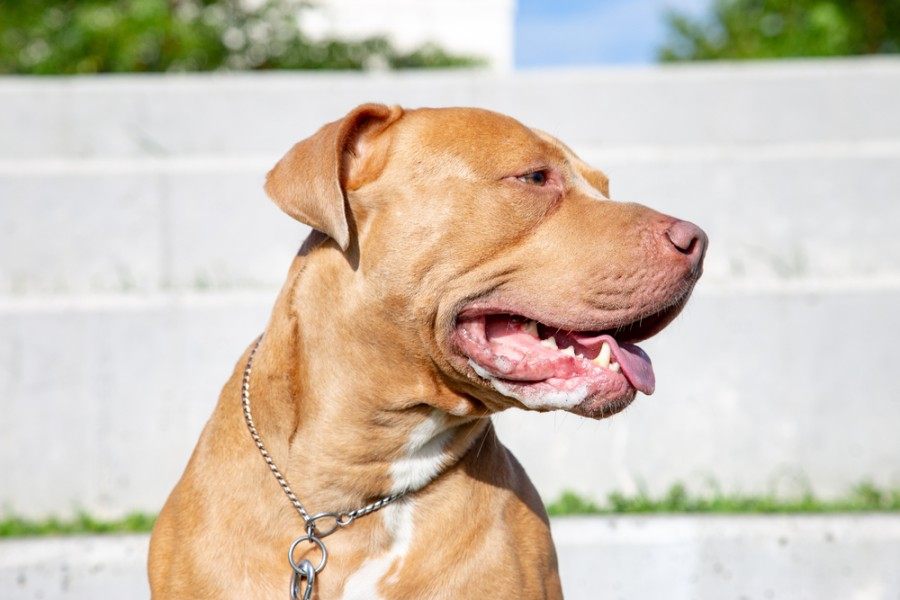
 Things to Know When Owning a Pit Bullmastiff:
Things to Know When Owning a Pit Bullmastiff:
Even with their past, the Pit Bullmastiff is a sweet dog that can make an excellent pet. They need an owner who can understand their needs and sensitivity. Their size is also a challenge. Therefore, it’s vital for you to establish who is the boss early in his life to make them a better companion. While this pup is moderately adaptable, they are a big baby at heart and crave the attention of their tribe.
Food & Diet Requirements 🦴
Normally, food accounts for about 20% of a pet owner’s expense for having a dog. The Pit Bullmastiff is an outlier on that score. They’ll go through chow much quicker than a smaller pooch. It’s essential to feed your pup a diet suited for giant breeds. These dogs mature slower and must have food that supports their growth rate.
Exercise 🐕
The Pit Bullmastiff needs as much exercise to match their size—a lot! It’s an excellent way for them to burn off all their energy and the momentum it brings with it. We recommend taking an active role in it. Take them for daily walks to help with socialization and training. Remember that when a dog of this size pulls, you’ll notice it. Cultivate leash manners as a puppy.
Training 🦮
Luckily, the Pit Bullmastiff is relatively easy to train. They are agreeable and smart enough to make it less of a chore. They’ll do best with an experienced pet owner who can handle his strength. The Bull Terrier also brings some independence to the mix, which is another red flag. The earlier you start, the better. You must establish your role as soon as possible, especially since he can overpower a smaller person.
Grooming ✂️
Another thing that the Pit Bullmastiff has going for them is how easy their coat is to maintain. While they shed, they don’t need much more than a weekly brushing. Keep an eye on nails and trim them as necessary. You should also check their ears occasionally. An occasional bath will keep them smelling clean. This pup will shed seasonally.
Health and Conditions ❤️
The Pit Bullmastiff is relatively healthy when it comes to minor issues that many dogs experience. The main concerns rest with their size and the congenital conditions the parent breeds may have. We strongly urge you not to buy a pet from a breeder who hasn’t done these recommended tests. Keep joint problems on your radar.
- Demodectic mange
- Eye infections
- Hip dysplasia
- Elbow dysplasia
- Heart disease
 Male vs Female
Male vs Female
There is a broad range of sizes between the sexes of the Pit Bullmastiff. Consider the space you can provide with a giant breed. They need room to run and exercise to stay healthy. The other concern is breeding. If that isn’t in your plans for your pet, we suggest discussing spaying or neutering your pet with your veterinarian. Otherwise, the personalities of the two are comparable.
 Final Thoughts
Final Thoughts
The Pit Bullmastiff embodies the term, gentle giant. That describes this dog to a tee. They are sensitive pups that need attention and the love of an owner who is willing to understand their special needs. This pup is energetic yet enjoys cuddling. They’ll play with the kids and protect your home from intruders. They may eat more than their share of food, but they’ll repay you with undying affection and loyalty.
See Also:
- Ambullneo Mastiff: Pictures, Care Guide, Temperament & Traits
- Staffy Bull Bullmastiff (Staffordshire Bull Terrier & Bullmastiff Mix): Pictures & Info
Featured Image Credit: entreguine, Shutterstock
 Pit Bullmastiff Puppies
Pit Bullmastiff Puppies Things to Know When Owning a Pit Bullmastiff:
Things to Know When Owning a Pit Bullmastiff: Male vs Female
Male vs Female Final Thoughts
Final Thoughts